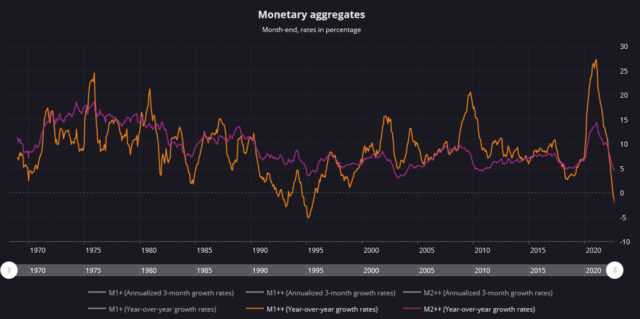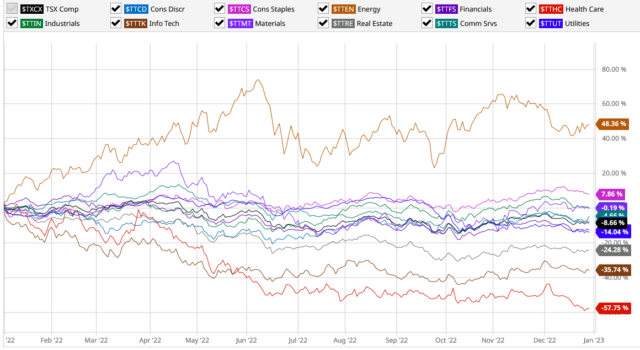Date: Thursday January 5, 2023
Time: 7:00pm, Pacific Time
Duration: Projected 60 minutes.
Where: Zoom (Registration)
Frequently Asked Questions:
Q: What are you doing?
A: Year-end review, future projections and thoughts and time permitting, Q+A. Please feel free to ask them on the zoom registration if any questions.
Q: How do I register?
A: Zoom link is here. I’ll need your city/province or state and country, and if you have any questions in advance just add it to the “Questions and Comments” part of the form. You’ll instantly receive the login to the Zoom channel.
Q: Are you trying to spam me, try to sell me garbage, etc. if I register?
A: If you register for this, I will not harvest your email or send you any solicitations. Also I am not using this to pump and dump any securities to you, although I will certainly offer opinions on what I see.
Q: Why do I have to register? I just want to be anonymous.
A: I’m curious who you are as well.
Q: If I register and don’t show up, will you be mad at me?
A: No.
Q: Will you (Sacha) be on video (i.e. this isn’t just an audio-only stream)?
A: Yes. You’ll get to see me, but the majority will be on “screen share” mode with MS-Word / Browser / PDFs as I explain what’s going on in my mind as I present.
Q: Will I need to be on video?
A: I’d prefer it, dress code is pajamas and upwards.
Q: Can I be a silent participant?
A: Yes.
Q: Is there an archive of the video I can watch later if I can’t make it?
A: No.
Q: Will there be a summary of the video?
A: A short summary will get added to the comments of this posting after the video.
Q: Will there be some other video presentation in the future?
A: Most likely, yes.




